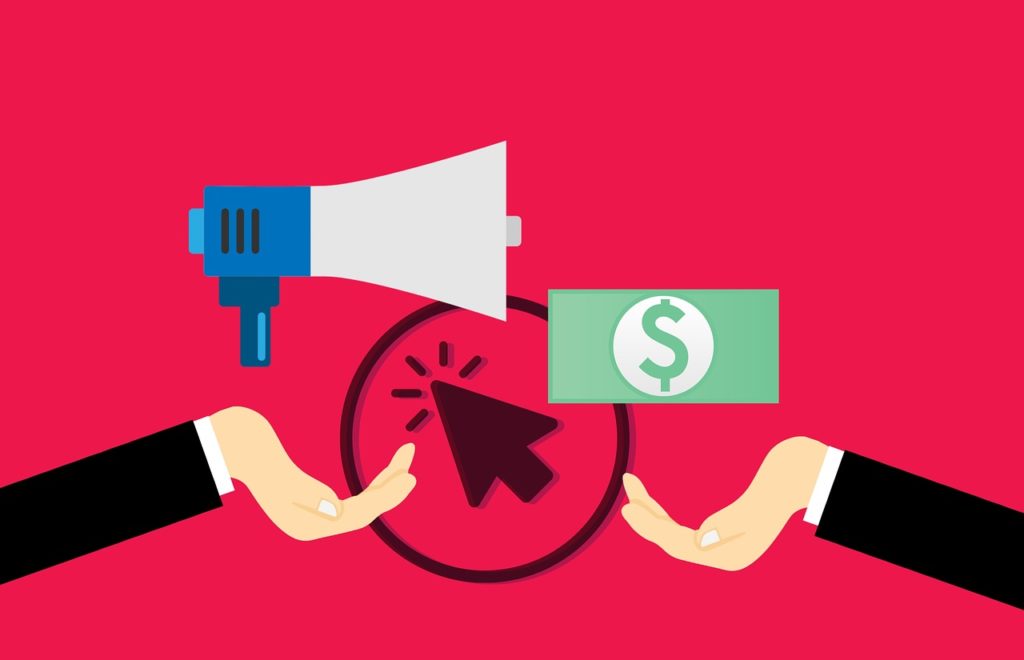
Understanding Affiliate Marketing Payment Models
Affiliate Marketing, today, is no longer thought of as just an alternative advertising method. With the majority of people in the world doing business online nowadays, it is now considered the main source of profit and revenue for many businesses.
If you’re new to Affiliate Marketing, you may be wondering about some of the Affiliate Payment Model abbreviations and what they mean… and how you get paid for your effort.
When you, as an Affiliate, succeeds at converting your visitors, your commission will be issued based on the agreed payment model.
There are several payment models you may see when joining an affiliate program. Following, will be a list of some of the common Affiliate payment models.
The most basic affiliate marketing models fall under two categories: pay-per-click(PPC), and pay-per-performance(PPP). Different advertisers or merchants offer different types of payment models.
PPP, sometimes P4P, paid for performance could mean gaining a new lead for a business, making a sale, or even a sign-up. Therefore will usually be identified further by the ‘type’ of performance.
What are the Different Payment Models in Affiliate Marketing?
There are several types you might come accross when you look into an affiliate program. like these… Pay Per Click (PPC), Pay Per Performance(PPP), Pay Per Sale (PPS), Pay Per Lead (PPL), Two-Tier, Multi-Tier, and Residual Income Affiliate Marketing, briefly explained below.
Pay Per Click (PPC)
PPC is a type of sponsored online advertising that is used on a wide range of websites, including search engines, where the merchant pays the affiliate if a web user clicks on an ad on the affiliates website.
Hence the title, ‘pay per click.’ It is a popular type for those with high traffic websites and probably the easiest way to earn money, although fees are small which is why you’d need a significant amount of traffic to make it worthwhile.
Pay Per Performance (PPP)
PPP is the most popular with merchants and quite profitable for affiliates. The merchant only pays you when the visitor you referred buys something from the merchant’s site, or becomes a lead. Well paid commissions for the affiliate usually range from 15% to as high as 60% of the product for sale.
PPP (as an abbreviation) might not be seen much these days but is further categorised into the following…
Pay Per Sale (PPS)
PPS is when the merchant pays a certain fee when the visitor you have referred to the merchant’s sites actually buys something.
Fees are most commonly paid on a commission basis although sometimes it could be a fixed fee. The products you can be associated with are endless.
Merchants using this payment model are focused on increasing their sales through affiliates. Top retail companies and e-commerce brands use the pay-per-sale method.
Pay Per Lead (PPL)
PPL is another variation of PPP. The merchant, which is usually a company that rely on leads for their business, pays a fixed fee for any referrals you send to their site who then sign up with them. Think email sign-ups, or free trial sign-ups.
Can also be known as PPA (pay per action), which could include downloads such as apps, or free trials.
What Other Payment Models Are Used by Affiliate Advertisers
The following types of affiliate marketing payment models are variations of the above, and are based on different tiers set by any such affilate program.
Two-Tier Affiliate Programs – you are not only paid for direct traffic or sales, but also on traffic and sales referred by other affiliates who joined the affiliate program through your recommendation. Or on a smaller scale, just for referring other affiliates to the program.
Multi-tier Affiliate Programs work the same way, but you can get additional commissions the more affiliates you refer in different tiers in the affiliate network.
These types of affiliate marketing programs allows multi-level marketing. (MLM).
‘Residual Income’ Affiliate Marketing
Here’s where you can earn automated affiliate income through recurring commissions.
You may be able to earn commissions for a certain period after a sale, or where the product is a membership or subscription of some sort.
Fees could be paid monthly, then every month you get paid your commission. Here you can earn a lifetime monthly commission as long as the customer stays with them.
The big advantage of affiliate programs over traditional advertising is that with an affiliate program, the online merchant only pays its affiliates when it gets a desired result. Except in the case of PPC which is a little riskier to the merchant.
The less risk there is to the merchant, the easier it should be to join affiliate programs. Some will be harder to join, and some will be easy, but it’s good to be familiar with their payment terms.

Leave a Reply